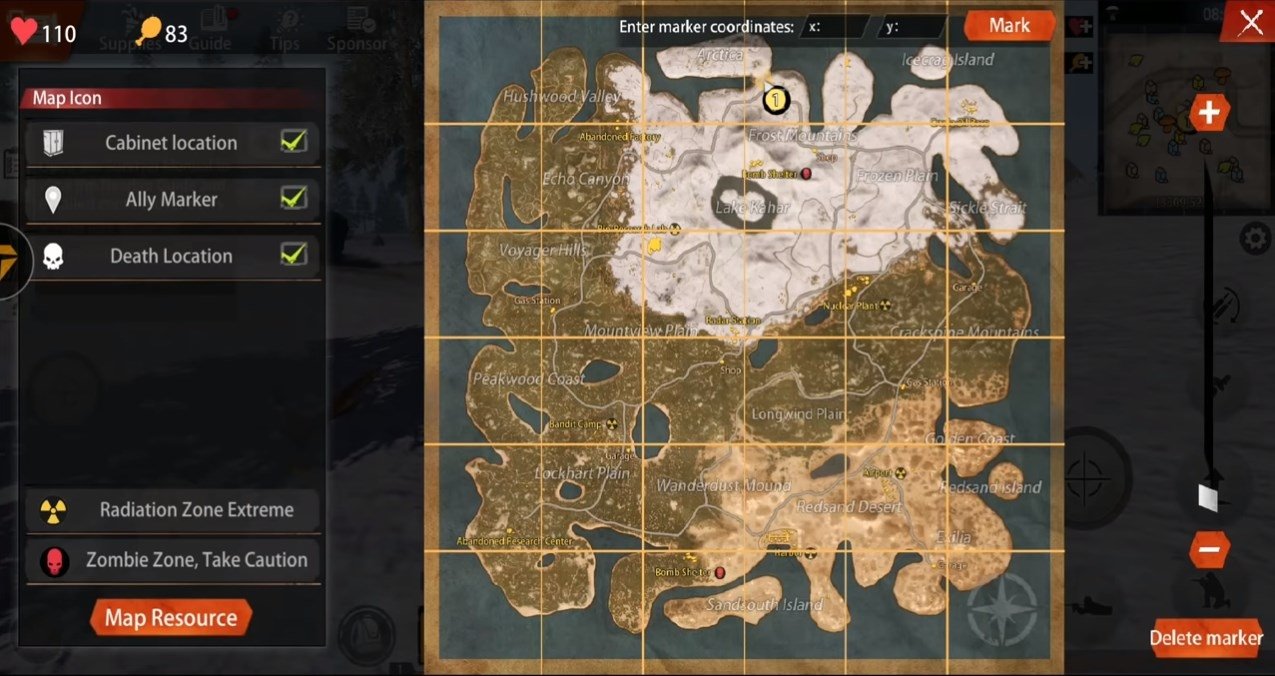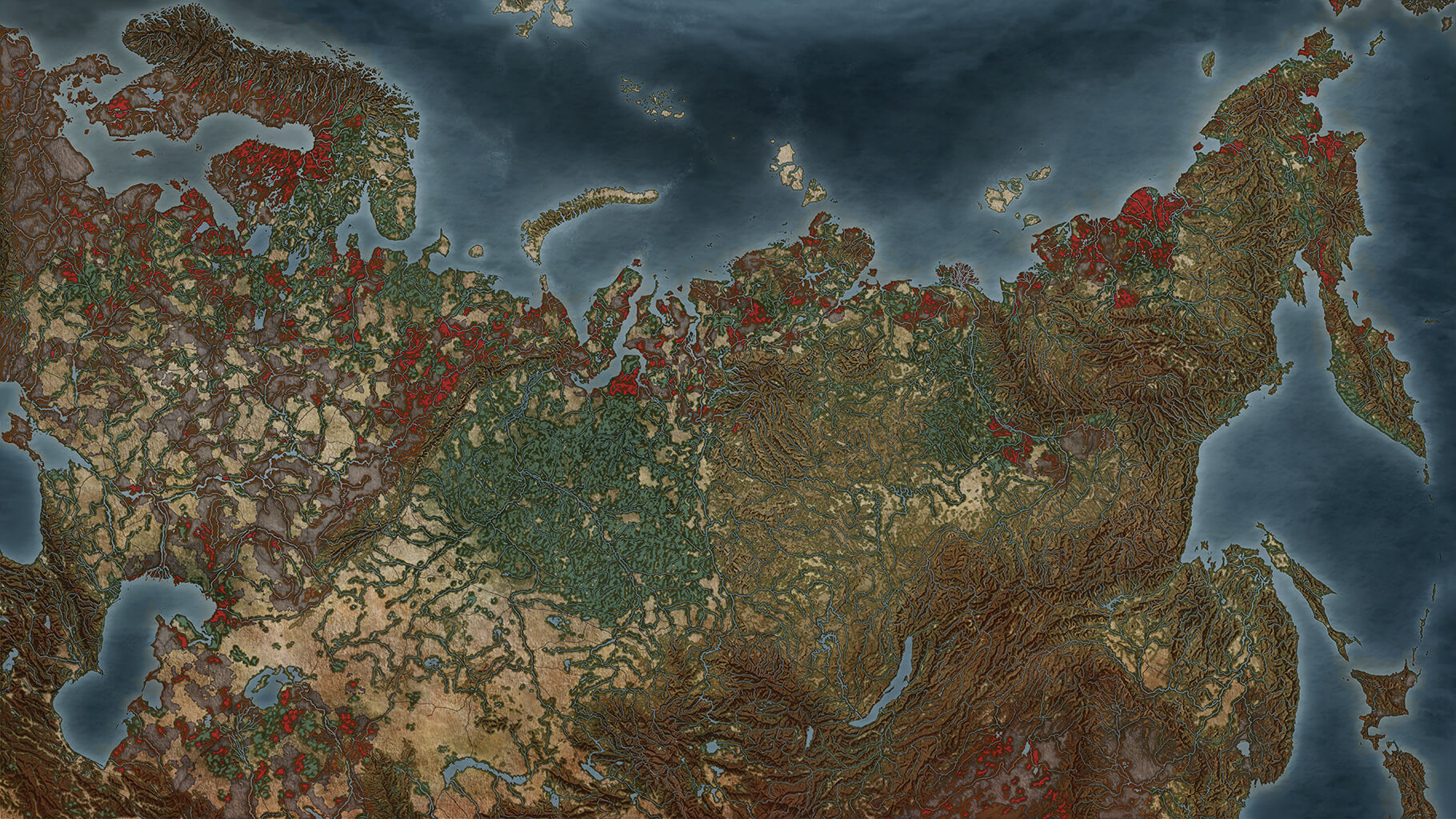

Shards of pots, cylindrical vases, platters, gourds, and other forms of vases decorated with grooves, prints, and some modeled after animals have been found. The earliest use of pottery appears around 2,000 to 3,000 BCE. These were small and scattered, although the timing of the transition from hunting and gathering to agriculture as the main livelihood in the territory is still unknown. For the first and second millennia BCE there were already settled farming communities.

Īgriculture became evident in the populations that lived in Costa Rica about 5,000 years ago. The presence of Clovis culture type spearheads and arrows from South America opens the possibility that, in this area, two different cultures coexisted. Stone tools, the oldest evidence of human occupation in Costa Rica, are associated with the arrival of various groups of hunter-gatherers about 10,000 to 7,000 years BCE in the Turrialba Valley. More recently, pre-Columbian Costa Rica has also been described as part of the Isthmo-Colombian Area.

Historians have classified the indigenous people of Costa Rica as belonging to the Intermediate Area, where the peripheries of the Mesoamerican and Andean native cultures overlapped. Main article: Pre-Columbian history of Costa Rica It has the 7th freest press according to the Press Freedom Index, it is the 37th most democratic country according to the Freedom in the World index and it is the 12th happiest country in the World Happiness Report. It also performs well in comparisons of the state of democracy, press freedom and subjective happiness. It has also been cited by the United Nations Development Programme (UNDP) as having attained much higher human development than other countries at the same income levels, with a better record on human development and inequality than the median of the region. The country has consistently performed favorably in the Human Development Index (HDI), placing 62nd in the world as of 2020, and fifth in Latin America. Following the brief Costa Rican Civil War in 1948, it permanently abolished its army in 1949, becoming one of only a few sovereign nations without a standing army.

It remained a peripheral colony of the empire until independence as part of the First Mexican Empire, followed by membership in the Federal Republic of Central America, from which it formally declared independence in 1847. Ĭosta Rica was inhabited by indigenous peoples before coming under Spanish rule in the 16th century.
DAY R SURVIVAL MAP FREE
Many foreign manufacturing and services companies operate in Costa Rica's Free Trade Zones (FTZ) where they benefit from investment and tax incentives. Its economy, once heavily dependent on agriculture, has diversified to include sectors such as finance, corporate services for foreign companies, pharmaceuticals, and ecotourism. The country spends roughly 6.9% of its budget (2016) on education, compared to a global average of 4.4%. It has a long-standing and stable democracy and a highly educated workforce. The sovereign state is a unitary presidential constitutional republic. An estimated 333,980 people live in the capital and largest city, San José, with around two million people in the surrounding metropolitan area. It has a population of around five million in a land area of 51,060 km 2 (19,710 sq mi). Costa Rica ( UK: / ˌ k ɒ s t ə ˈ r iː k ə/, US: / ˌ k oʊ s t ə/ ( listen) Spanish: literally "Rich Coast"), officially the Republic of Costa Rica ( Spanish: República de Costa Rica), is a country in Central America, bordered by Nicaragua to the north, the Caribbean Sea to the northeast, Panama to the southeast, the Pacific Ocean to the southwest, and maritime border with Ecuador to the south of Cocos Island.


 0 kommentar(er)
0 kommentar(er)
